Chinese companies are flocking to Southeast Asia, one of the most attractive destinations for overseas expansion. However, Chinese financial experts warn that they should avoid flooding the Association of Southeast Asian Nations (ASEAN) market with homogeneous products and services, as this could lead to fierce competition.
 |
Electric vehicle maker BYD opened a manufacturing plant in Rayong, Thailand, in July 2024. (Photo: Reuters) |
At the recent Financial Street Forum annual meeting, Lin Jingzhen, CEO and executive vice president of Bank of China, said that the activities of internationally competitive Chinese companies in the fields of green energy and infrastructure construction in Southeast Asia have put great pressure on local companies.
“This is an issue we need to pay special attention to because it will also hinder the development of Chinese-funded enterprises in the region ,” Mr. Lin said.
Faced with an increasingly saturated domestic market and rising trade barriers from Western countries targeting “made in China” products, deploying operations and building factories abroad has become the only path to growth for many Chinese businesses.
Thanks to advantages such as low tariffs, cheap labor costs, geographical proximity and similar cultures, Southeast Asia is becoming the top choice for Chinese businesses wanting to expand abroad and a major destination for industrial transfer activities from China.
Also at the meeting, China Galaxy Securities Chairman Wang Sheng said that the supply chain between China and ASEAN is the result of mutual support, and that China's investment in the region has surpassed that in Europe and the United States.
From January to July 2024, China's direct investment in ASEAN member countries increased by 15% year-on-year, Mr. Wang said.
Mr. Lin Jingzhen proposed that agencies such as the National Development and Reform Commission - China's top economic planning agency - and the Ministry of Commerce should cooperate with industry associations in the overall planning of Chinese companies' investment in Southeast Asia, with the aim of avoiding creating monopolies, homogeneous competition and excessive waste of resources.
China has been ASEAN's largest trading partner for the past 15 years, and ASEAN has been China's largest trading partner since 2020. After a meeting in the Lao capital Vientiane on the sidelines of the ASEAN regional forum in October 2024, both sides announced that negotiations on Version 3.0 of the China-ASEAN Free Trade Area (FTA) had achieved “basic results” and they are working to sign a revised agreement next year. |
Source: https://congthuong.vn/doanh-nghiep-trung-quoc-can-lam-gi-de-dau-tu-thanh-cong-o-dong-nam-a-354072.html


![[Photo] Magical moment of double five-colored clouds on Ba Den mountain on the day of the Buddha's relic procession](https://vphoto.vietnam.vn/thumb/1200x675/vietnam/resource/IMAGE/2025/5/9/7a710556965c413397f9e38ac9708d2f)
![[Photo] Prime Minister Pham Minh Chinh chairs a special Government meeting on the arrangement of administrative units at all levels.](https://vphoto.vietnam.vn/thumb/1200x675/vietnam/resource/IMAGE/2025/5/9/6a22e6a997424870abfb39817bb9bb6c)

![[Photo] General Secretary To Lam and international leaders attend the parade celebrating the 80th anniversary of the victory over fascism in Russia](https://vphoto.vietnam.vn/thumb/1200x675/vietnam/resource/IMAGE/2025/5/9/4ec77ed7629a45c79d6e8aa952f20dd3)
![[Photo] Russian military power on display at parade celebrating 80 years of victory over fascism](https://vphoto.vietnam.vn/thumb/1200x675/vietnam/resource/IMAGE/2025/5/9/ce054c3a71b74b1da3be310973aebcfd)







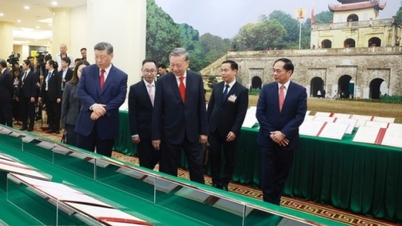










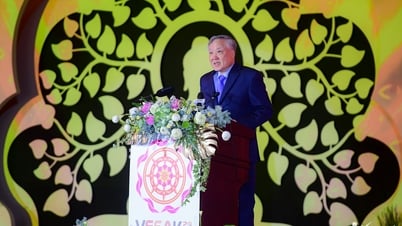





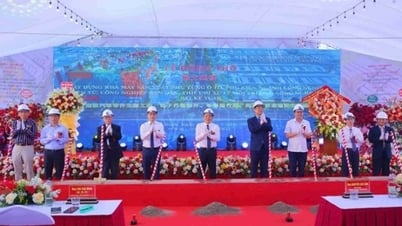




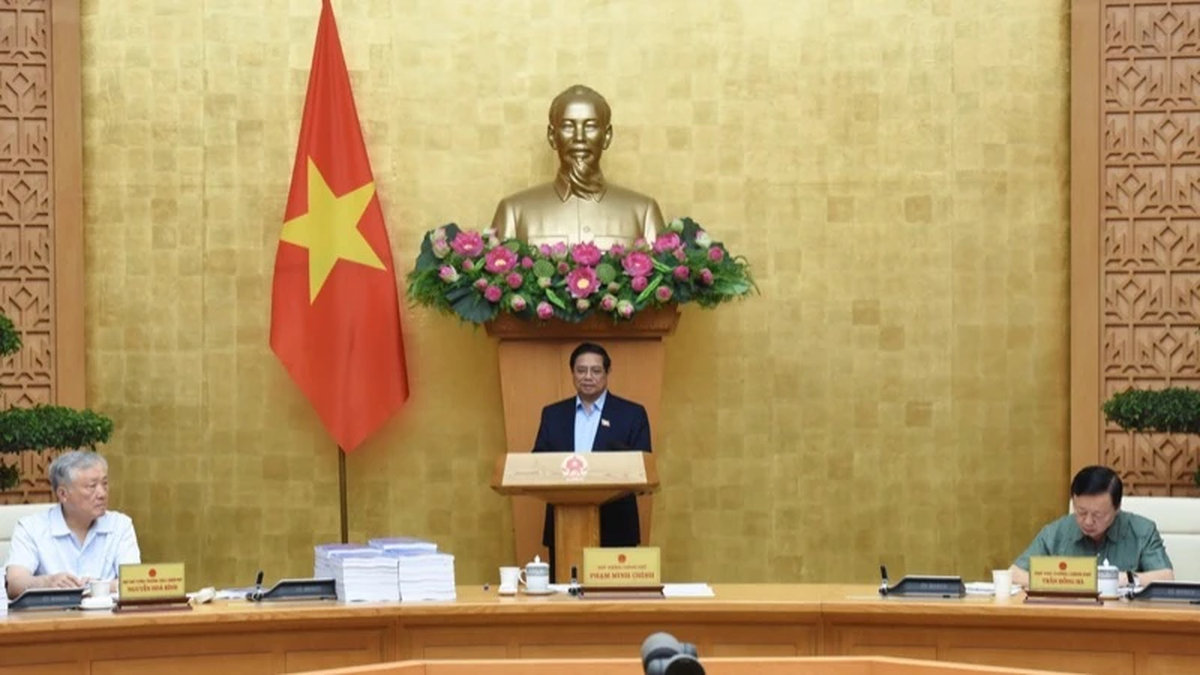







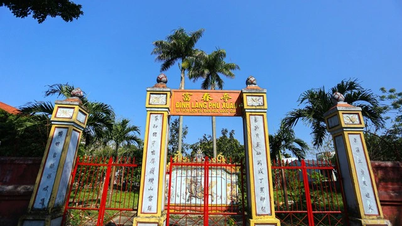

















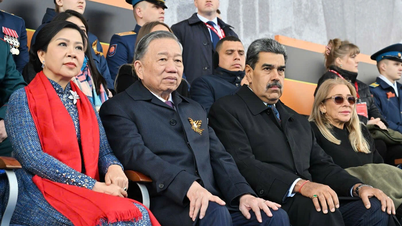

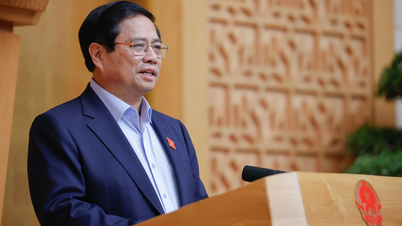
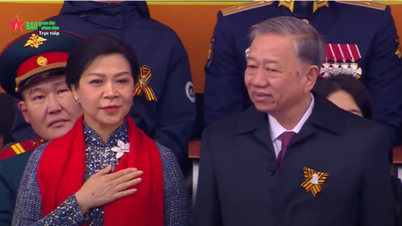


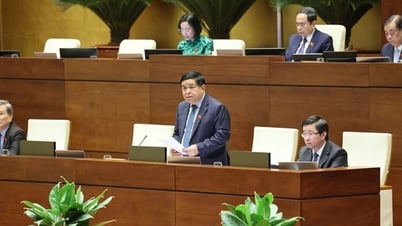

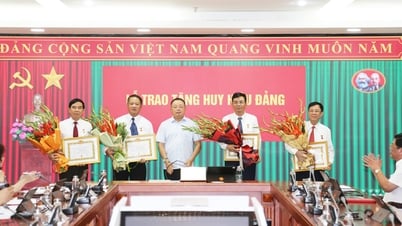

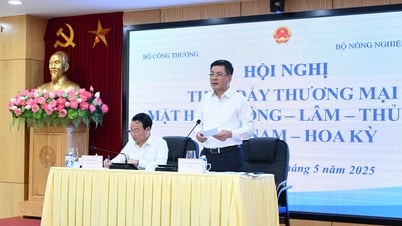



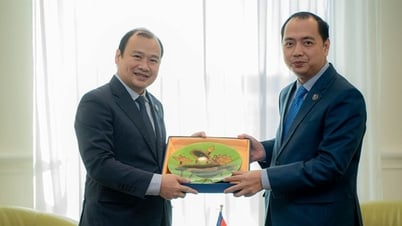
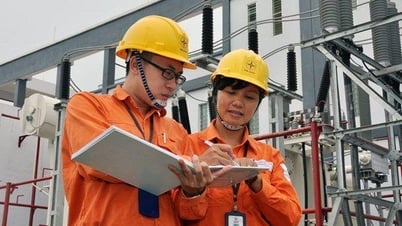




















Comment (0)